MercoPress. South Atlantic News Agency
Tag: Food and Agriculture Organization (FAO)
-
Wednesday, September 9th 2015 - 13:10 UTC
A forest area equivalent to South Africa has been lost since 1990, says FAO

The world's forests continue to shrink as populations increase and forest land is converted to agriculture and other uses, but over the past 25 years the rate of net global deforestation has slowed down by more than 50%, FAO said in a report published on Tuesday.
-
Monday, August 10th 2015 - 07:00 UTC
Dairy and vegetable oils prices help FAO's July food index reach its lowest since 2009

Prices for major food commodities in July hit their lowest average monthly level since September 2009 as sharp drops in the prices of dairy products and vegetable oils more than offset some increases for those of sugar and cereals. Meat prices, meanwhile, remained stable.
-
Saturday, August 8th 2015 - 09:44 UTC
FAO pressing countries to ratify agreement on illegal, unreported, unregulated fishing
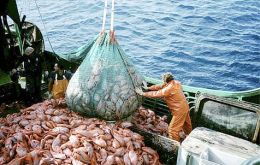
A growing number of countries are ratifying an international agreement to combat illegal fishing, fueling interest in how best to implement the instrument. Illegal, unreported and unregulated (IUU) fishing is estimated to strip between $10 billion and $23 billion from the global economy, and their impacts undermine the way fish stocks are managed to make it a double concern around the world.
-
Saturday, August 1st 2015 - 12:57 UTC
UN agreement to combat illegal fishing (IUU) close to ratification

Thirteen additional countries need to ratify an agreement brokered by the United Nations Food and Agriculture Organization (FAO) to combat illegal fishing by blocking ports to ships known or believed to be carrying illicit catches that account for more than 15% of global output, the agency said today.
-
Friday, June 5th 2015 - 10:17 UTC
FAO's Food Price Index in May was down 20.7% from a year ago
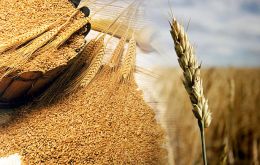
Major food commodity prices declined again in May, hitting an almost six-year low as cereal prices fell substantially amid a favorable outlook for this year's harvests. The FAO Food Price Index averaged 166.8 points in May, down 1.4% from April and as much as 20.7% from a year earlier.
-
Monday, May 18th 2015 - 05:17 UTC
FAO's agenda includes fighting illegal fishing in the Mediterranean and Black Sea

In a global context of fierce competition for fishery resources which are progressively being depleted as a consequence of overfishing, overexploitation and overcapacity, illegal, unreported and unregulated (IUU) fishing has become a growing concern, points out a FAO fisheries release.
-
Tuesday, April 7th 2015 - 09:24 UTC
FAO Food Price Index down in March helped by a sharp drop in sugar

The FAO Food Price Index continued to decline in March, dropping 1.5 percent from February and 18.7 percent (40 points) below its level a year earlier.
-
Monday, March 9th 2015 - 11:45 UTC
February's FAO Food Price Index at is lowest value since early 2010
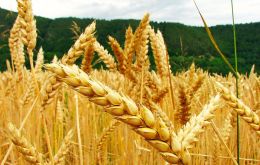
The FAO Food Price Index averaged 179. 4 points in February 2015, down 1.8 points (1.0 percent) from its January value and 29 points (14.0 percent) below its level in February 2014. Prices of cereals, meat and, especially, sugar, dipped last month, while they remained steady in the case of oils and rebounded sharply in the case of dairy products. The index has been on a declining path since April 2014 and has now reached its lowest value since July 2010.
-
Wednesday, December 17th 2014 - 12:40 UTC
FAO forecasts record world cereal production buoyed by bumper crops in Europe and US
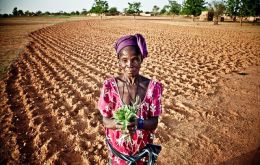
Latest indications confirm that world cereal production will reach an all-time record of more than 2.5 billion tonnes in 2014. Buoyed by bumper crops in Europe and a record maize output in the United States this year's cereal output should reach 2.532 billion tonnes, including rice in milled terms, or 0.3% higher than 2013, according to FAO's latest Crop Prospects and Food Situation Report.
-
Friday, November 21st 2014 - 08:56 UTC
Pope Francis condemns speculation with food commodities at FAO conference
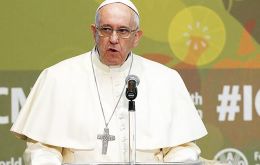
Pope Francis condemned speculation in food commodities and greed for profits today, saying they were undermining the global fight against poverty and hunger. Addressing a United Nations conference on nutrition, he called on rich nations to share their wealth and denounced waste, excessive consumption and unequal distribution of food.
